If you want to save time in the kitchen and cook with confidence, it all starts with learning how to master knife skills. From dicing onions without tears to slicing vegetables with precision, your knife is the single most important tool in your kitchen. When used properly, it can transform meal prep from a frustrating chore into a quick, efficient, and even enjoyable experience.
At GourmetPair, we believe that sharpening your skills doesn’t just make you faster—it makes cooking safer, more creative, and much more rewarding. In this guide, we’ll cover the essential techniques every home cook should know: how to hold a knife correctly, the cuts you’ll use most often, tips for safety, and how to care for your knives so they last for years. Whether you’re brand new to cooking or looking to refine your technique, these practical tips will help you prep ingredients with ease and elevate your time in the kitchen.
1. Choosing the Right Knife
Before you can master knife skills, you need the right tool for the job. While professional chefs may own dozens of knives, you really only need a few essentials:
- Chef’s knife (20–25 cm) – The most versatile knife, perfect for chopping vegetables, slicing meat, and mincing herbs.
- Paring knife (8–10 cm) – Ideal for smaller, more delicate tasks like peeling fruit or trimming garlic.
- Serrated knife – Best for bread, tomatoes, and anything with a tough exterior and soft interior.
Investing in a good-quality knife makes a world of difference. Look for knives that feel balanced in your hand and have a comfortable grip. Remember, a sharper knife is actually safer than a dull one, because it requires less force and gives you more control.
2. How to Hold a Knife Properly
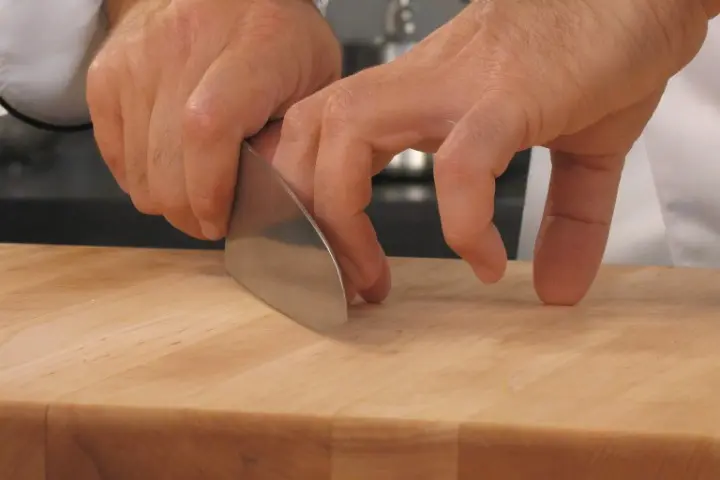
The foundation of great knife skills begins with your grip. Instead of holding the handle like a hammer, try the pinch grip: pinch the blade just above the handle with your thumb and forefinger, while wrapping the other fingers comfortably around the handle. This grip gives you more control and stability.
Equally important is how you guide the food. Curl your fingers of the opposite hand into a “claw shape,” with your knuckles slightly forward. This way, the flat side of the blade rests against your knuckles, protecting your fingertips.
Practicing these techniques may feel awkward at first, but once mastered, you’ll notice a dramatic improvement in your speed, precision, and confidence in the kitchen.
3. Essential Cutting Techniques
To truly master knife skills, it’s helpful to practice the cuts you’ll use most often:
- Chop: A simple up-and-down motion for larger pieces like carrots or potatoes.
- Dice: Uniform cubes, great for onions, peppers, or celery.
- Julienne: Thin matchstick cuts, often used for carrots, cucumbers, or stir-fries.
- Mince: Very fine chopping, usually for garlic, onions, or herbs.
Consistency matters. Uniform pieces cook evenly, look more professional, and enhance both the flavor and presentation of your dish. Start slow, focusing on accuracy before speed. With practice, efficiency comes naturally.
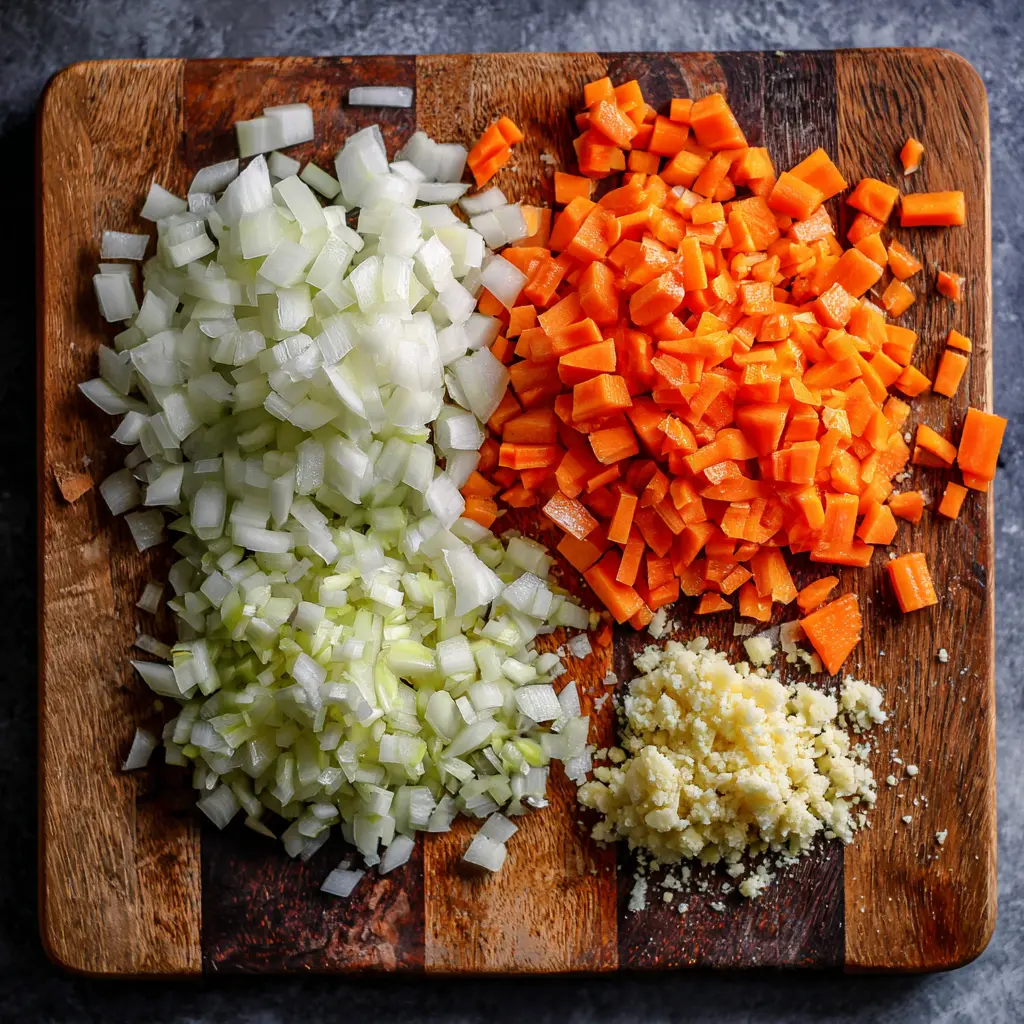
4. Safety First: Tips to Avoid Accidents
Even skilled cooks can have accidents if they’re not careful. Here are a few simple rules to stay safe while improving your knife skills:
- Always cut on a stable cutting board (a damp towel underneath prevents slipping).
- Keep your knives sharp; dull knives are harder to control.
- Never leave knives in a sink of water—they can’t be seen and are dangerous to grab.
- Focus on your task; distractions increase the risk of cuts.
Building good habits not only prevents injuries but also boosts your confidence in the kitchen. Safe chopping means faster cooking and less stress.
5. Caring for Your Knives
A well-maintained knife lasts for years. Always wash knives by hand immediately after use (dishwashers can damage the blade and handle). Store them in a knife block, on a magnetic strip, or in blade guards to protect both the knives and your fingers.
Regular honing with a honing steel keeps the edge straight between sharpenings, while professional sharpening once or twice a year restores a razor-sharp blade. Remember: taking care of your tools is just as important as learning the right technique.
Learning to master knife skills is one of the best investments you can make in your cooking journey. With the right knife, proper grip, and essential cutting techniques, you’ll prep ingredients more quickly, safely, and confidently. These skills not only save time but also elevate the quality of every dish you create.
Think of your knife as an extension of your hand—a tool that allows you to express creativity in the kitchen. With practice, what once felt intimidating will become second nature, and meal prep will transform into a smooth, enjoyable part of your cooking routine.
So grab your chef’s knife, set up your cutting board, and start practicing. The more you refine your technique, the more effortless cooking prep will become.
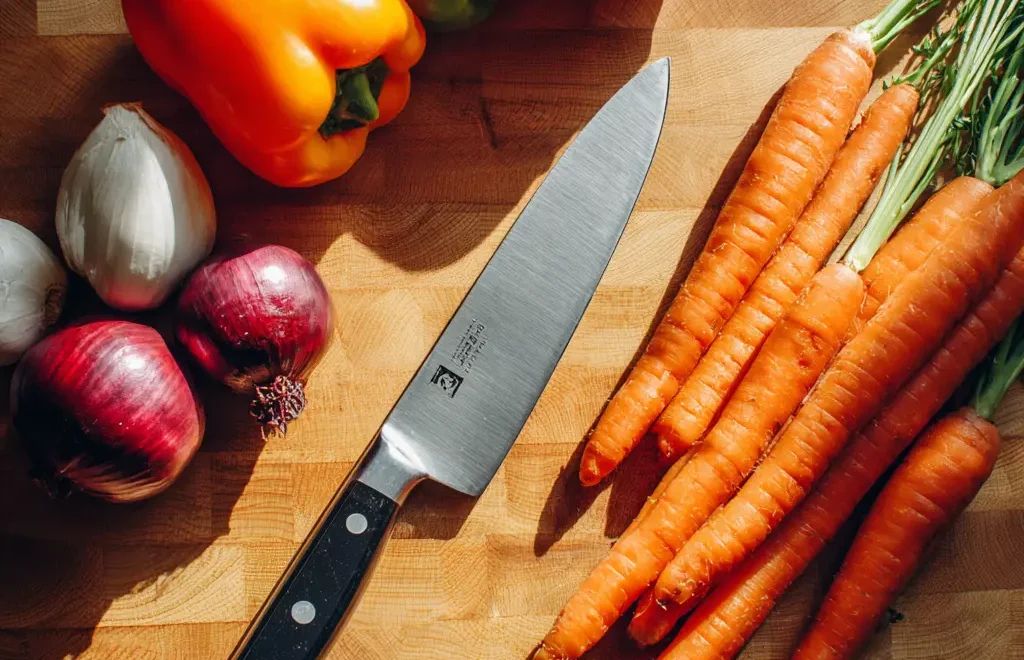
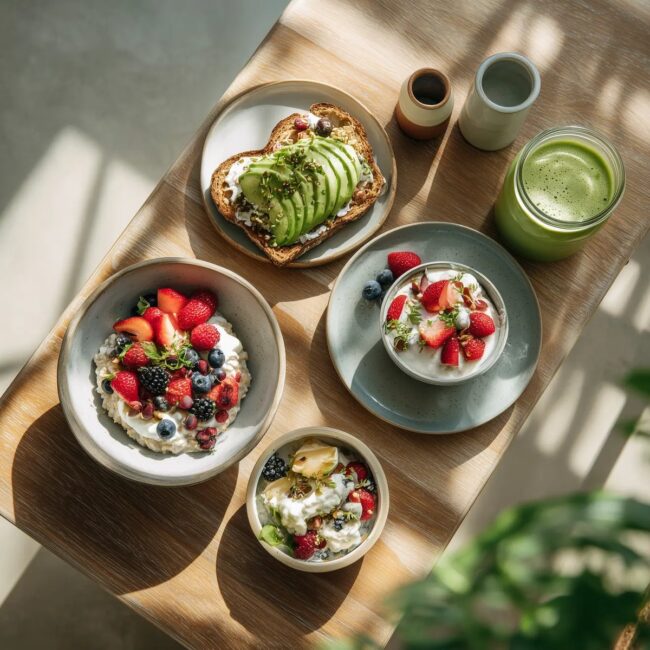
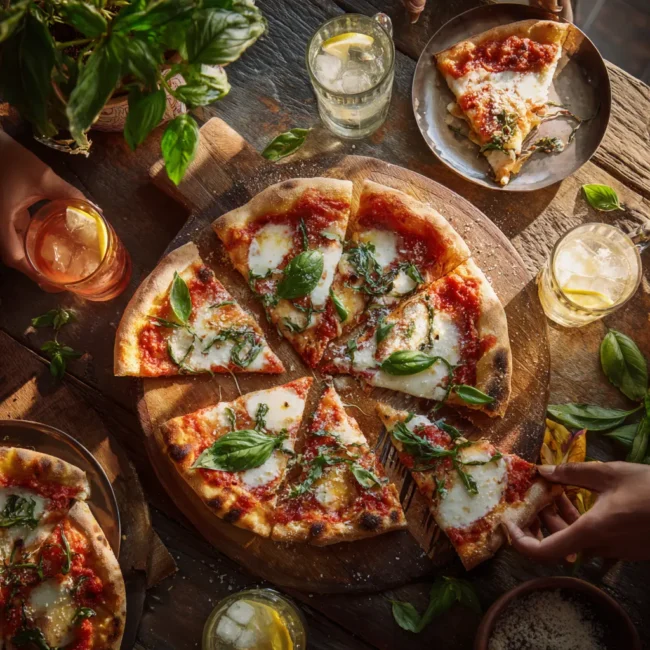










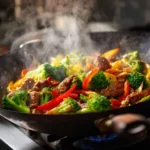

0 Comments
I loved reading this! The tips were incredibly practical and easy to follow. My kitchen routine just got a major upgrade! I’ve already started incorporating these suggestions into my daily cooking, and it’s made such a difference. Cooking used to feel like a chore, but now it’s something I genuinely enjoy. Thanks for making it so accessible and fun!
Great insights! I especially appreciated the detailed breakdown of each step. It made complex recipes feel so much more approachable. Sometimes, the thought of cooking a complicated meal can be intimidating, but this blog explained everything so clearly. I feel much more confident in trying out new techniques and dishes. Truly helpful content!
Very informative and well-written! The ingredient spotlights were my favorite part — I learned so much about things I already had in my pantry. It’s amazing how little changes in how you use ingredients can make such a big difference in flavor. This blog made me excited to use my kitchen staples creatively.
This post was super inspiring. The ideas and suggestions gave me the motivation to try new dishes I usually avoid. Thank you! I’ve been in a bit of a cooking rut, but this blog gave me the push I needed to experiment with new flavors. Now, I look forward to cooking and exploring different cuisines every week.